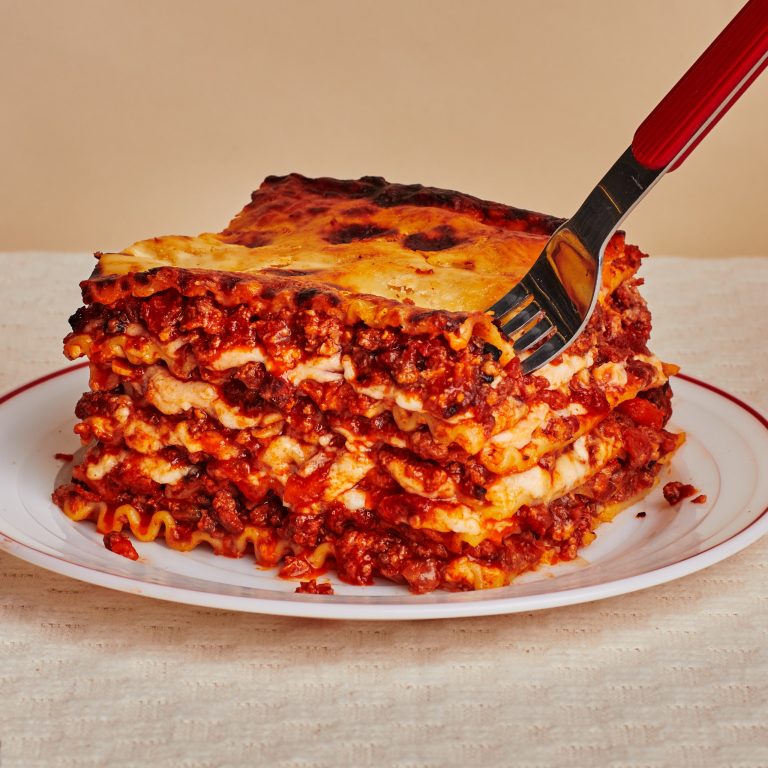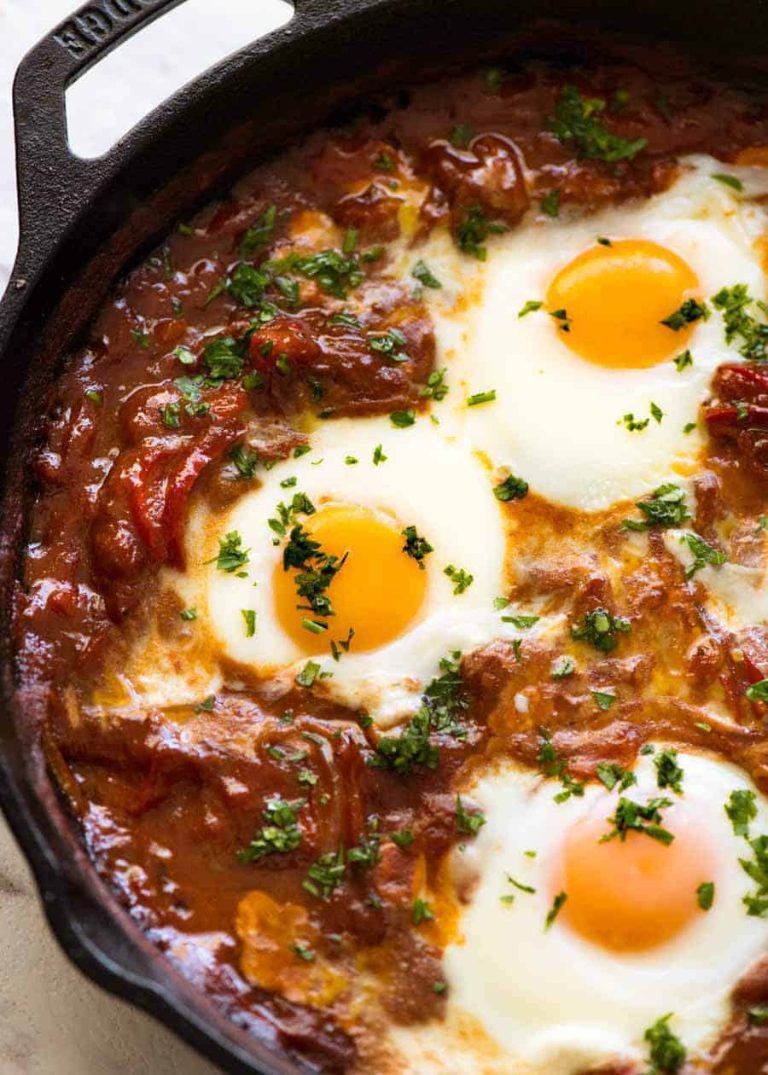Mocha Coffee: History, Recipes, and Health Benefits Explained
Mocha coffee traces its roots to the port city of Mocha in Yemen. This city became a significant hub for coffee trade in the 15th century, shipping beans across the Ottoman Empire and Europe. Known for its distinctive flavor, Yemeni coffee beans’ unique taste stems from the region’s soil conditions and traditional processing methods. The city of Mocha lent its name to this beloved coffee variant, establishing a legacy that spans centuries.
Popularity Across the Globe
Mocha coffee’s popularity rapidly spread beyond Yemen. In the 17th century, the Dutch introduced Yemeni coffee to Java, laying the groundwork for the global coffee trade. European coffeehouses soon began serving mocha, contributing to its widespread acclaim. Today, mocha coffee enjoys international recognition, with cafes worldwide offering various delightful mocha-based beverages, from espresso shots blended with chocolate to intricate iced mocha concoctions.
What Makes Mocha Coffee Unique?
Ingredients and Flavors
Mocha coffee combines coffee, chocolate, and milk to create an indulgent beverage. Coffee enthusiasts appreciate the blend of robust coffee and rich chocolate flavors. High-quality espresso forms the base, often sourced from regions like Yemen or Ethiopia. Chocolate can be added as syrup, powder, or even melted bars, enhancing the coffee’s depth. Steamed milk or cream rounds out the drink, creating a velvety texture.
Comparison to Other Coffee Types
Mocha coffee stands out among other coffee types due to its chocolate infusion. While traditional lattes focus on milk and coffee, mochas add a layer of sweetness through chocolate. Unlike plain cappuccinos, which emphasize the espresso’s strength, mochas offer a balanced taste. Americanos, consisting of espresso and water, contrast with mochas’ richness. Lastly, macchiatos use a dash of milk, making them less creamy than mochas. Each variance highlights mocha coffee’s unique profile.
How to Make the Perfect Mocha at Home
Choosing the Right Coffee and Chocolate
Selecting high-quality coffee beans and chocolate is crucial. Opt for Arabica coffee beans, known for their smooth, rich flavor. Dark roast beans enhance the mocha’s depth. Choose high-quality dark or bittersweet chocolate. Brands with 70-85% cocoa content provide a balanced, less sweet taste.
- Prepare Ingredients: Gather 1 cup of brewed coffee, 2 tablespoons of cocoa powder, 1 cup of milk, 2 tablespoons of sugar, and whipped cream (optional).
- Brew Coffee: Use a drip coffee maker, French press, or espresso machine to brew strong coffee. Ensure it’s hot and fresh.
- Mix Cocoa and Sugar: In a small saucepan, combine cocoa powder and sugar. Add 1-2 tablespoons of hot coffee to create a smooth paste. This step prevents lumps.
- Heat Milk: Add the milk to the saucepan. Heat the mixture over medium heat, stirring constantly until it’s steaming but not boiling.
- Combine Coffee and Chocolate Mixture: Pour the brewed coffee into the saucepan. Stir well to blend the flavors.
- Serve: Pour the mocha into a mug. Top with whipped cream if desired.
Implement this method to achieve a well-balanced, flavorful mocha at home.
Best Mocha Coffee Recipes
Classic Mocha
To make a classic mocha, start with high-quality Arabica coffee beans. Brew a strong shot of espresso to serve as your base. In a separate saucepan, combine 1 tablespoon of unsweetened cocoa powder and 1 tablespoon of sugar. Add a dash of hot water to dissolve the mixture, stirring until smooth. Heat 1 cup of milk until steaming, but not boiling. Pour the hot milk into the cocoa mixture, stirring well. Add the brewed espresso and mix thoroughly. Top your classic mocha with whipped cream if desired for added richness.
Creative Twists on Traditional Mocha
For a unique twist on the traditional mocha, consider adding flavored syrups or spices. Try adding 1 teaspoon of vanilla extract or a pinch of cinnamon to the cocoa mixture for an enhanced flavor profile. A peppermint mocha can be created by adding 1 tablespoon of peppermint syrup, perfect for a holiday treat. For a health-conscious option, use almond milk or oat milk instead of regular milk. Garnish your mocha with grated chocolate, chocolate shavings, or a dusting of cocoa powder for a decorative and flavorful finish.
Mocha Coffee in Cafes
How Baristas Create the Perfect Mocha
Baristas combine premium ingredients to craft the perfect mocha coffee. They start with a shot of high-quality espresso, ensuring the coffee base is robust. They then blend rich cocoa powder or chocolate syrup, mixing it with the espresso to create a harmonious flavor profile. They steam milk to a creamy texture, then pour it over the coffee-chocolate mixture.
Baristas often finish the drink with a layer of froth, enhancing the mocha’s indulgent texture. Some baristas add a dusting of cocoa powder or a drizzle of chocolate syrup as a final touch. Using fresh, high-quality ingredients is crucial, ensuring each cup offers a consistent and delightful experience.
Popular Mocha Variants in Cafes
Many cafes offer unique mocha variants, catering to diverse tastes. The White Mocha substitutes dark chocolate with white chocolate syrup, creating a sweeter profile. Another favorite is the Peppermint Mocha, blending peppermint syrup with the traditional mocha composition for a festive twist.
For those seeking a richer flavor, the Mexican Mocha includes cinnamon and a hint of chili powder. Vegan options, like Almond Milk Mocha and Coconut Milk Mocha, cater to dietary preferences by swapping dairy milk with plant-based alternatives. Each variant allows cafes to provide a diverse mocha menu, appealing to a wide customer base.
The Health Benefits and Drawbacks of Mocha Coffee
Nutritional Value of Mocha
Mocha coffee combines espresso, chocolate, and milk, offering a rich taste and varied nutritional profile. A typical 12-ounce mocha contains:
- Calories: Approximately 300-400, depending on the type of milk and amount of chocolate used
- Caffeine: Around 100-150 mg from espresso
- Macronutrients:
- Carbohydrates: 40-70 grams
- Protein: 8-12 grams
- Fat: 10-20 grams
Complex carbohydrates from milk and chocolate provide energy, while protein supports muscle repair. Essential fats contribute to overall health, making mocha a balanced yet indulgent choice.
Considerations for Regular Consumption
Consuming mocha coffee regularly offers both benefits and drawbacks. On the positive side, caffeine improves alertness and concentration. Antioxidants in chocolate and coffee reduce inflammation and the risk of chronic diseases.
However, high calories and sugar content present challenges. Regular intake may contribute to weight gain and increase the risk of type 2 diabetes, cardiovascular disease, and dental issues.
Moderation is crucial for enjoying mocha coffee’s benefits without adverse health effects. Consider opting for less syrup, low-fat milk, or unsweetened chocolate to reduce calorie intake.
Conclusion
Mocha coffee offers a delightful blend of flavors that can satisfy both coffee and chocolate lovers alike. Whether you’re making it at home or enjoying it at your favorite cafe, the versatility of mocha allows for endless customization to suit your taste preferences and dietary needs. While it’s a treat that’s rich in flavor, remember to enjoy mocha coffee in moderation to balance its indulgent qualities with a healthy lifestyle. With the right ingredients and mindful choices, you can savor the perfect cup of mocha without compromising your well-being.





